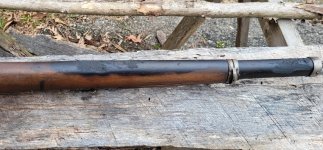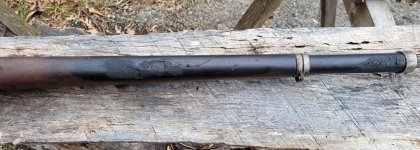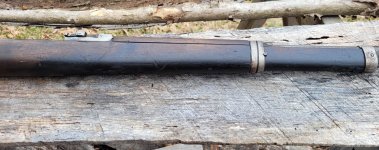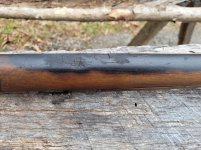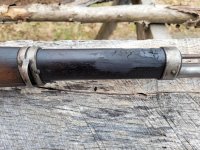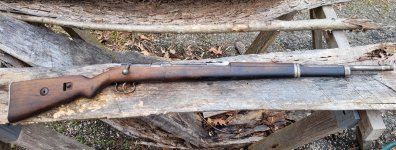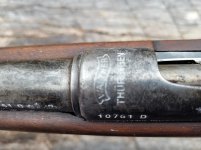stewartb
Member
Hello fine fellows, I recently purchased a Walther DSM34 off of Gunbroker for what I feel was a reasonable price. It was near or in a fire at some point in it's history, I am looking for some Stock cleanup advice that is the lest intrusive to the stock. Mainly I want to get it to where it can be handled without getting Soot on me. Second part of my inquiry is What is the best method to full disassembly to remove the barrelled action from the stock? I'm assuming it is straight forward remove the screws from the trigger gaurd and remove the pins from the barrel bands and it should come out. I have concerns on removing the pins, damaging them or that they need to come out a certain direction. I tried the search function but could not find what I was looking for. Thank you in advance for your help
Bret
Bret



